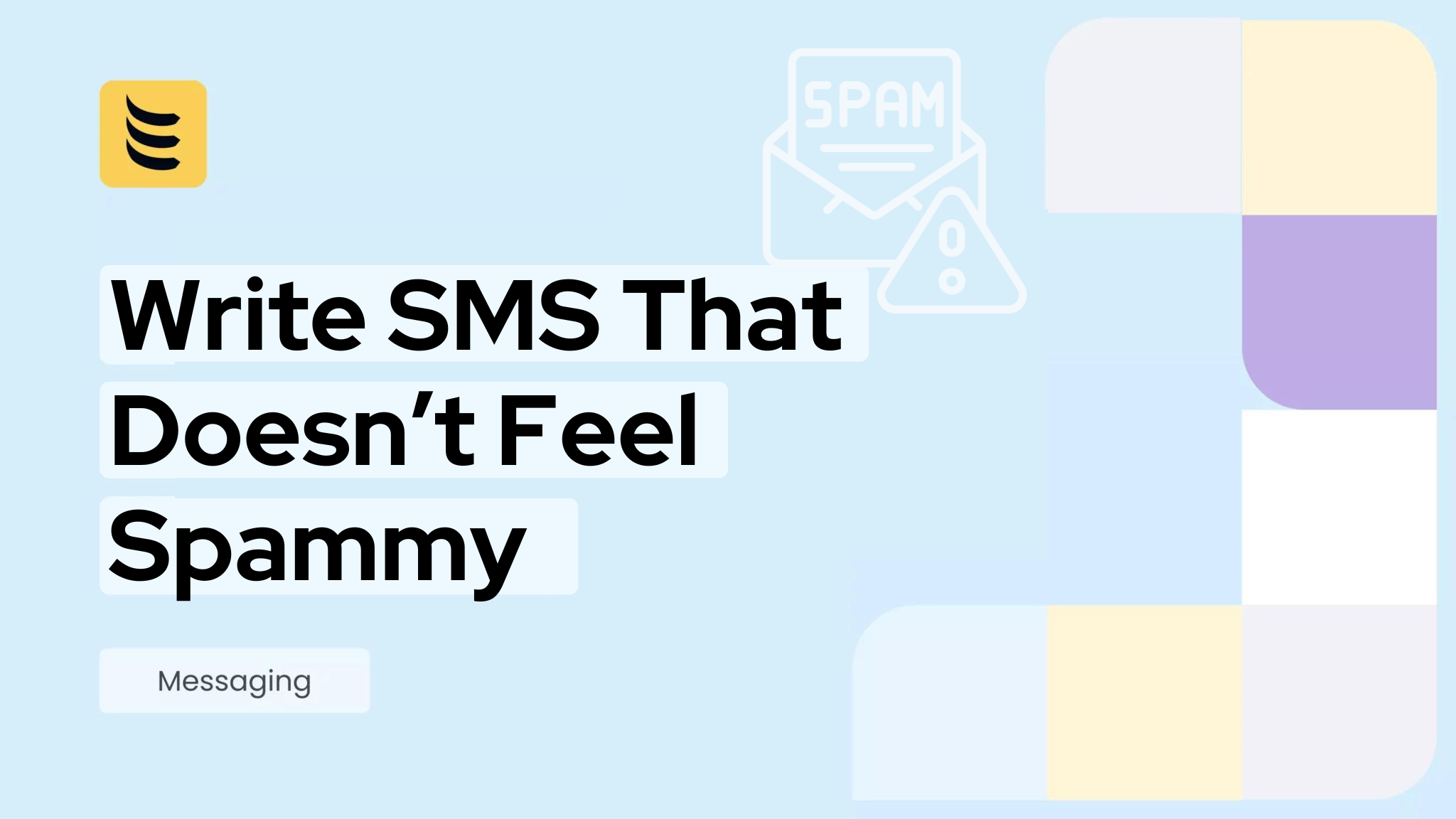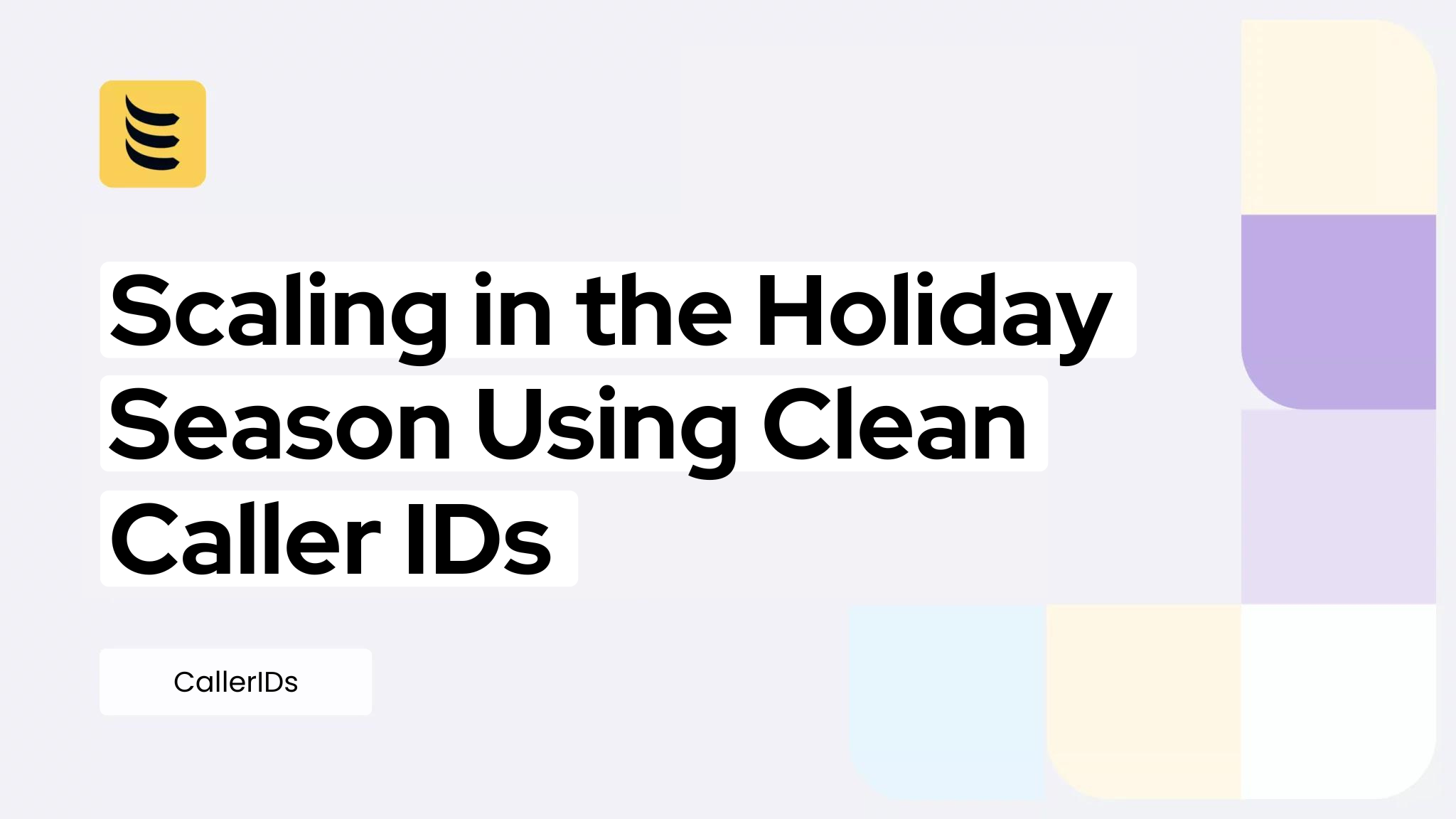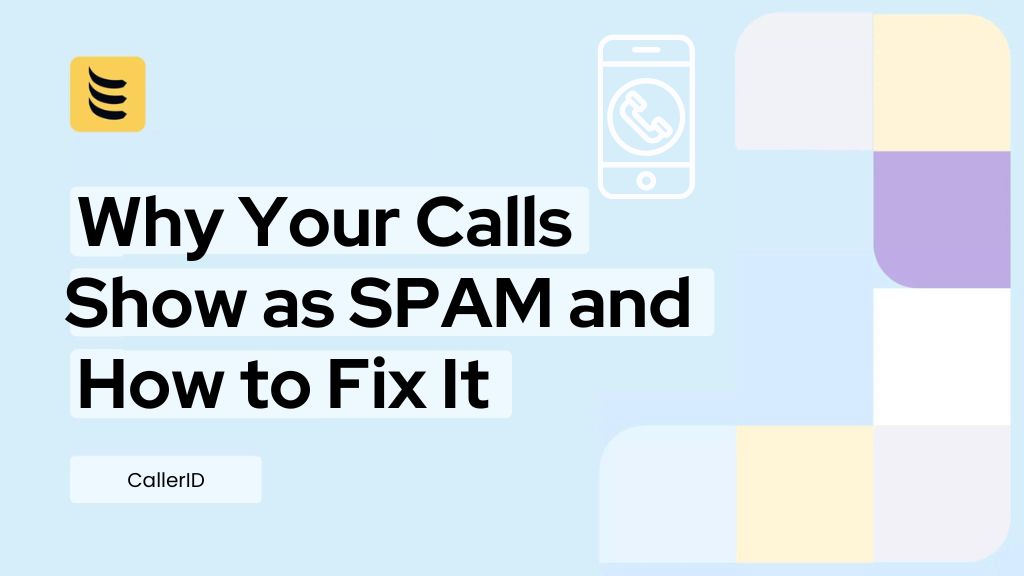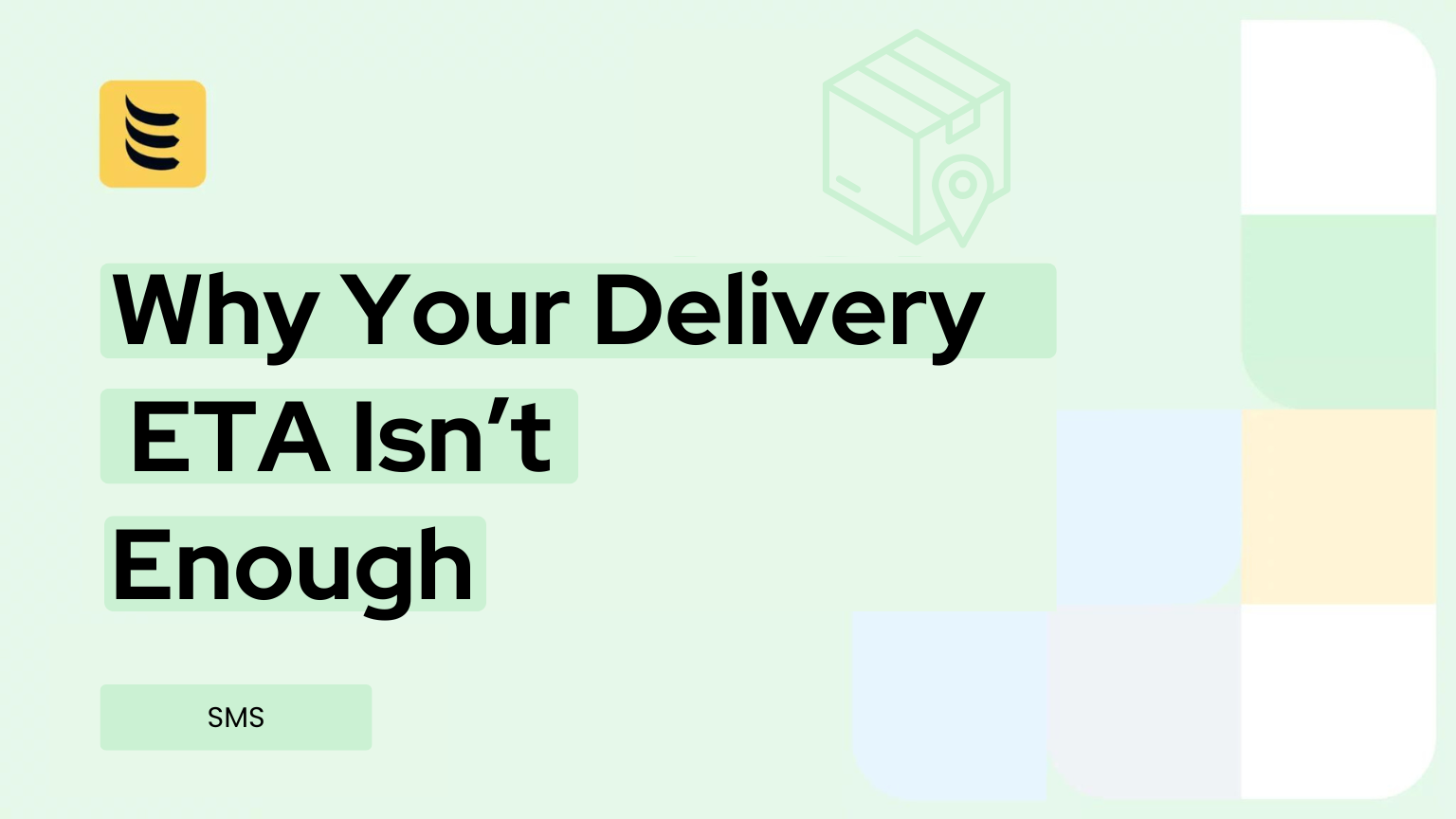In 2025, SMS marketing remains a powerhouse for businesses with open rates soaring above 90%, and messages read within minutes. In short, it’s a direct line to your audience. However, the line between engaging and intrusive is razor-thin. For SMS marketing users, business SMS users, and A2P (Application-to-Person) SMS providers, striking this balance is critical. Spammy messages don’t just annoy customers—they damage trust and compliance. This guide will walk you through crafting SMS copy that feels personal, valuable, and respectful, while highlighting how platforms like IDT Express Engage (with its user-friendly portal and robust APIs) can streamline your efforts.
Understanding Why SMS Messages Feel Spammy
The effectiveness of SMS marketing hinges on one critical factor: trust. When recipients perceive a message as intrusive, irrelevant, or pushy, they’re quick to label it as spam—or worse, opt out entirely. But what exactly makes an SMS feel spammy? The answer lies in a combination of content, timing, and user expectations.
First, over-messaging is a primary culprit. Consumers are inundated with digital noise, and sending too many texts in a short span—especially without clear value—feels like harassment. For instance, a retail brand blasting daily promotions without considering customer preferences will likely see higher opt-out rates. The key is balance; even the most engaged subscribers have limits.
Second, generic or impersonal content erodes trust. Messages that lack relevance—such as a vague “Exciting offer inside!”—fail to capture attention because they don’t speak to the recipient’s needs. Compare this to a personalized text like, “Hi Sarah, your favorite skincare brand just restocked—here’s 15% off for you.” The latter feels tailored, not transactional.
Third, aggressive language and deceptive tactics trigger immediate skepticism. Texts written in ALL CAPS, laden with exclamation points, or using urgent but vague calls to action (“Limited-time offer! Claim now!”) mirror the tactics of spam emails. Consumers are savvy; they recognize when they’re being manipulated rather than informed.
Finally, poor timing amplifies the spam effect. A midnight delivery notification might be necessary, but a promotional text sent at 3 AM feels inconsiderate. Even well-crafted messages can backfire if they arrive at inconvenient moments, disrupting the recipient’s day rather than adding value.
For businesses using A2P (Application-to-Person) SMS—such as appointment reminders or OTP codes—the stakes are even higher. These messages are often automated, and if they sound robotic or lack context, they risk being dismissed as spam. A dry, system-generated alert like “Your appointment is confirmed” feels colder than a warmer, more detailed version: “Hi David, your dentist appointment is set for May 5 at 2 PM. Reply YES to confirm or RESCHEDULE to adjust.”
At its core, spammy SMS isn’t just about frequency or content—it’s about violating the recipient’s sense of control. When messages ignore consent, relevance, or timing, they erode trust. The antidote? Treat every text like a conversation, not a broadcast. By prioritizing the recipient’s experience—whether through personalization, clarity, or thoughtful timing—businesses can ensure their SMS campaigns feel welcome, not wasteful.
For companies leveraging SMS at scale, platforms like IDT Express Engage provide tools to automate personalization and scheduling while maintaining compliance, ensuring messages land with impact—not irritation. The difference between spam and success often comes down to respect for the person on the other end of the line.
Best Practices for Authentic SMS Copy
1. Prioritize Brevity and Clarity
SMS limits you to 160 characters, so every word must count. Start with the core value proposition:
- ❌ “Hi! We have exciting news—check out our latest collection!”
- ✅ “Alex, new fall styles are here! Grab 25% off: [link]”
Business SMS users should avoid jargon. A restaurant might say, “Your table is ready!” instead of “Dining reservation fulfillment notification.”
2. Personalize Strategically
Personalization isn’t just adding a name. Use past behavior to tailor messages:
- “Hi Jamie, your favorite thriller The Silent Patient is back in stock!”
- “Maria, your dental appointment is tomorrow at 3 PM. Confirm here: [link]”
For A2P SMS, APIs can automate personalized triggers. For example, IDT Express Engage’s APIs integrate with CRM systems to send tailored order updates or payment reminders.
3. Lead with Value
Recipients should instantly know “what’s in it for me.” Discounts, exclusives, or urgent updates work well:
- “Your VIP 15% code: SAVE15. Shop now → [link]”
- “Storm alert: Your delivery is rescheduled to Tuesday. Reply YES to confirm.”
4. Adopt a Conversational Tone
Write like you’re texting a friend. Use contractions (“you’re” instead of “you are”), emojis sparingly 🎉, and avoid robotic language.
A2P Example:
- ❌ “AUTOMATED ALERT: ACCOUNT BALANCE BELOW THRESHOLD.”
- ✅ “Hi Sam, your account balance is low. Top up now to avoid service interruptions: [link]”
5. Optimize Timing and Frequency
- Marketing SMS: Send promotions during lunch hours or evenings.
- Business SMS: Transactional alerts (e.g., shipping updates) should be real-time.
- A2P SMS: Schedule appointment reminders 24 hours in advance.
Limit marketing texts to 2–4 per month unless users opt in for more.
Spam vs. Effective SMS: What Makes the Difference?
The line between a spammy SMS and an effective one often comes down to subtle but critical differences in tone, clarity, and intent. Spam messages feel intrusive because they prioritize the sender’s agenda over the recipient’s needs, while effective SMS marketing feels like a natural, helpful part of the customer’s day. Let’s break down real-world examples to understand why some messages work—and others backfire.
The Spammy Approach: Why It Fails
Take a message like “URGENT!! CLAIM YOUR PRIZE!!”—it immediately raises red flags. The language is overly aggressive, with excessive punctuation and capitalization that feels like shouting. Worse, it’s vague. What prize? From whom? Messages like this trigger skepticism because they resemble phishing scams or deceptive marketing ploys. Similarly, a text that says “Sale ends TODAY!!!” without any context (What sale? For which product?) comes across as a high-pressure tactic rather than a genuine opportunity.
Transactional messages can also fall into the spam trap if they’re too robotic. For example, an automated alert reading “Account action required” leaves the recipient confused and frustrated. Without clear instructions or a friendly tone, even legitimate messages risk being ignored or marked as spam.
The Effective Alternative: Why It Works
Now, compare those examples to a message like “Hi [Name], you’ve won a $50 gift card! Redeem here: [link].” This version works because it’s personalized, specific, and transparent. The recipient knows exactly what they’re getting, who it’s from, and how to claim it. The tone is upbeat but not pushy, making it feel like a genuine reward rather than a gimmick.
Another strong example is “Last chance! Final hours for 30% off → [link].” While it still conveys urgency, it does so in a concise, benefit-driven way. The recipient understands the value (a discount) and the timeframe (ending soon) without feeling manipulated.
For transactional messages, a slight tweak in wording makes all the difference. Instead of “Account action required,” a message like “John, your payment failed. Update your card here: [link]” is far more effective. It addresses the recipient by name, explains the issue clearly, and provides a direct solution—all in a neutral, helpful tone.
The Psychology Behind the Difference
Effective SMS copy succeeds because it respects the recipient’s time and intelligence. Spammy messages rely on fear of missing out (FOMO) or vague excitement, while well-crafted texts focus on real value: discounts, useful information, or timely reminders. They also mimic natural conversation—no one texts a friend in ALL CAPS with five exclamation points, so why would a brand?
For businesses using SMS marketing, the takeaway is clear: Clarity, relevance, and a human touch turn potential spam into engagement. Platforms like IDT Express Engage can help streamline this process with features like personalized merge tags, scheduled sends, and compliance tools—ensuring your messages land the right way, every time.
Ultimately, the best SMS marketing doesn’t feel like marketing at all. It feels like a helpful nudge from a brand that understands its customers. And that’s the key to avoiding the spam folder—and boosting conversions instead.
Compliance: The Non-Negotiable Foundation of SMS Marketing
In the world of SMS marketing, compliance isn’t just a best practice—it’s the bedrock of successful campaigns. Regulations like the Telephone Consumer Protection Act (TCPA) in the U.S. and the General Data Protection Regulation (GDPR) in the EU exist to protect consumers from unsolicited messages, and violating these rules can result in hefty fines, legal action, and irreversible damage to your brand’s reputation.
The Importance of Explicit Consent
Before sending any marketing message, businesses must obtain clear, documented consent from recipients. This means no pre-checked boxes or assumed opt-ins—consumers must actively agree to receive texts, whether through a sign-up form, keyword response (like texting “JOIN” to a short code), or during checkout. For example, a retail brand should never add customers to an SMS list just because they made a purchase; they need separate permission for promotional messages.
Transparency and Identity Disclosure
Every SMS must clearly identify your business upfront. A message that begins with “[Your Brand Name]” immediately establishes trust and compliance. Vague or misleading sender IDs (like using “ALERTS” instead of your company name) can trigger spam complaints. Additionally, the message content should match what the subscriber consented to—if someone signed up for discount alerts, sending them unrelated promotions violates that agreement.
The Right to Opt Out
Regulations universally require easy opt-out mechanisms. Phrases like “Reply STOP to unsubscribe” must be included in every campaign, and businesses must honor these requests immediately—typically within 48 hours. Some platforms, like IDT Express Engage, automate this process, ensuring compliance while reducing manual workload.
Data Protection and Security
For businesses handling sensitive information (e.g., healthcare or banking), SMS content must adhere to industry-specific rules like HIPAA or PCI DSS. Even basic marketing lists require secure storage and processing to prevent breaches. APIs that encrypt data in transit, such as those offered by IDT Express Engage, add a critical layer of protection.
Global Considerations
Compliance gets trickier for cross-border campaigns. Canada’s CASL law requires consent and sender identification, while India’s TRAI regulations mandate scrubbing numbers against the DND (Do Not Disturb) registry. Partnering with a platform that monitors regional laws helps avoid missteps.
Why Compliance Pays Off
Beyond avoiding penalties, strict adherence builds customer trust. A study by Pew Research found that 81% of consumers feel more positive about brands that respect their communication preferences. Tools like IDT Express Engage simplify compliance with features like:
- Automated opt-out management
- Consent tracking and audit trails
- Regional regulation templates
Testing and Refining Your SMS Strategy
- A/B Test Messaging: Try two versions of a CTA:
- Version A: “Shop Now”
- Version B: “Get Your Discount”
Measure click-through rates to identify what resonates.
- Track Metrics: Monitor delivery rates, response times, and opt-outs. High opt-outs signal your tone or frequency needs adjustment.
- Leverage APIs for Automation: A2P users can use APIs to trigger behavior-based messages. For example, send a discount code when a user abandons their cart.
Why Choose IDT Express Engage for Your SMS Needs?
Whether you’re a marketer crafting campaigns, a business sending transactional alerts, or a developer integrating A2P APIs, IDT Express Engage offers:
- User-Friendly Portal: Schedule messages, manage contacts, and track analytics in one dashboard.
- Robust APIs: Automate SMS workflows with easy integration into your existing systems.
- Global Reach: Send messages to 190+ countries with high deliverability rates.
- Compliance Tools: Built-in opt-out management and regulatory adherence.
CTA: Ready to elevate your SMS strategy? Explore IDT Express Engage’s portal and APIs today. Schedule a demo or start your free trial to see how we can help you send messages that convert—without the spam.




